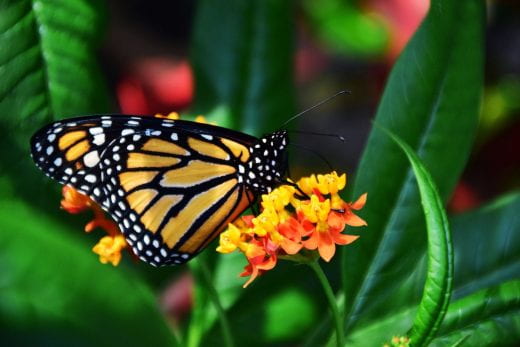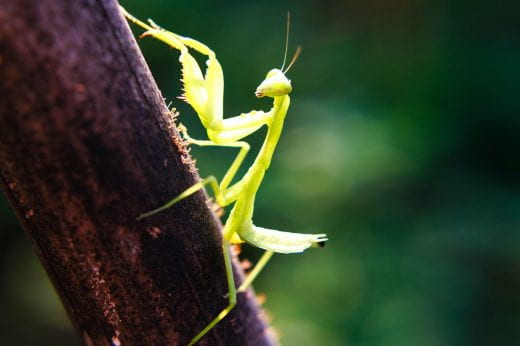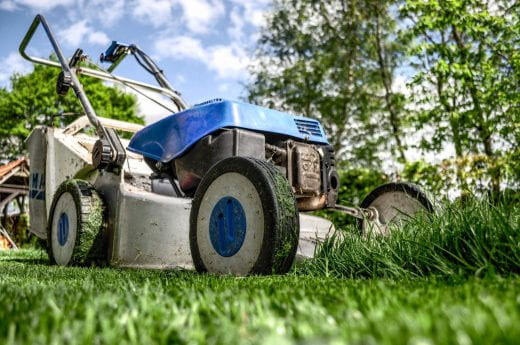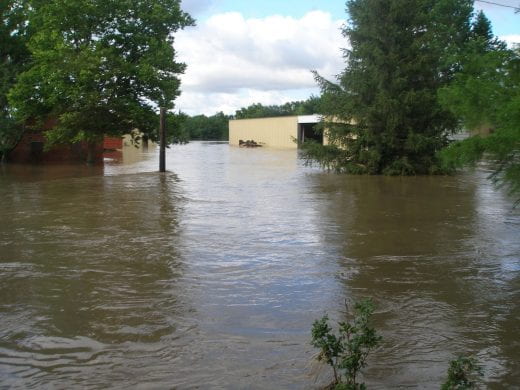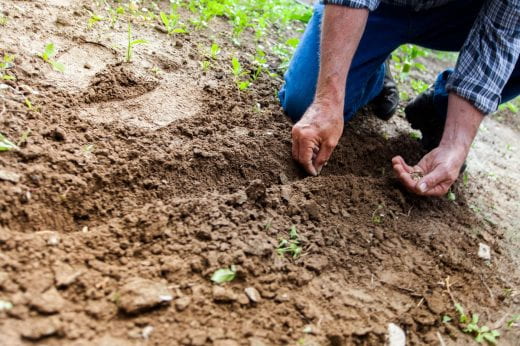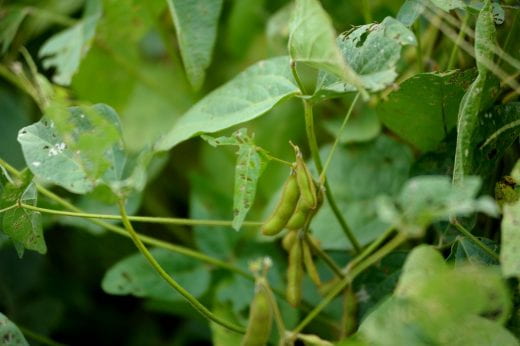This week in Better Kansas I shed a little light 😊 on solar energy, preserving fresh produce, a farmer’s generosity, butterfly habitat, a wheat threat and farm-focused online gatherings – all to help make your life, businesses, communities and state better. This is a small glimpse of what K-State Research and Extension across the state has to offer. Share on social media and subscribe! – Mary Lou Peter mlpeter@ksu.edu
Better Living, Better Communities
WE KNOW THAT THE SUN EMITS SOLAR ENERGY BUT UMMM… I NEVER KNEW how it’s collected and turned into energy we can use. A great two-page fact sheet covers the basics. The amount of solar radiation hitting Earth in just one hour is enough to produce more energy than the entire world population used in 2001. And there are a variety of technologies and processes used to collect and utilize solar energy. This is a great one to spark conversation with those kiddos you’ve been spending so much “quality time” with lately! 😊
 SOME OF US ALREADY HAVE VEGETABLES PLANTED AND THEN THERE ARE THE REST OF US. Either way, if you want to preserve this year’s fruit and vegetable harvest, take a look at Preserve it Fresh, Preserve it Safe for all kinds of good information. The latest newsletter gives tips on preserving broccoli and cauliflower and the page has links to helpful videos, including many in Spanish. The very night I planted a tomato plant this week I learned that we may have a freeze this weekend. I have a feeling I’m going to be tucking it in with a blanket for a couple of nights and crossing my fingers.
SOME OF US ALREADY HAVE VEGETABLES PLANTED AND THEN THERE ARE THE REST OF US. Either way, if you want to preserve this year’s fruit and vegetable harvest, take a look at Preserve it Fresh, Preserve it Safe for all kinds of good information. The latest newsletter gives tips on preserving broccoli and cauliflower and the page has links to helpful videos, including many in Spanish. The very night I planted a tomato plant this week I learned that we may have a freeze this weekend. I have a feeling I’m going to be tucking it in with a blanket for a couple of nights and crossing my fingers.
 HERE’S A P.S. TO AN ALREADY WONDERFUL STORY: You may have heard about the retired Troy, Kansas farmer who sent a N95 mask to New York Gov. Andrew Cuomo to provide to a front line worker and the governor’s grateful and heartfelt response? Amid now months of devastating pandemic and economic news, this was one of those bright spots that I just had to share … years after that farmer left school just short of a bachelor’s degree, he’s now a college graduate. Don’t miss the rest of the story.
HERE’S A P.S. TO AN ALREADY WONDERFUL STORY: You may have heard about the retired Troy, Kansas farmer who sent a N95 mask to New York Gov. Andrew Cuomo to provide to a front line worker and the governor’s grateful and heartfelt response? Amid now months of devastating pandemic and economic news, this was one of those bright spots that I just had to share … years after that farmer left school just short of a bachelor’s degree, he’s now a college graduate. Don’t miss the rest of the story.
Better Farming, Ranching and Gardening
PUTTING NEW PLANTS INTO YOUR LANDSCAPE THIS SPRING? CONSIDER BUTTERFLY FRIENDLY PLANTINGS. This has been on my mind since I saw a butterfly habitat in a Minnesota neighborhood a couple of years ago. Take a look at a video on the topic that can help get us started, plus a terrific fact sheet with great pictures that focuses on the incredible monarch butterfly, whose numbers are dwindling and need our help. They REALLY like various types of milkweed, but also verbena, echinacea, sunflower, beebalm and a lot more. Kansas is one of 10 states targeted as critical in a national plan to support the monarch migration to Mexico where they overwinter. Overwintering in Mexico sounds like a great plan to me!
 WE’VE BEEN PRETTY FOCUSED ON A PARTICULAR THREAT THIS PAST COUPLE OF MONTHS, but wheat growers have yet another one to watch for. It’s wheat stripe rust, a disease caused by the fungus Puccinia striiformis. Wheat stripe rust is a threat to wheat crops around the world because it cuts into yields and in turn, into a farmer’s bottom line. A recent Agronomy eUpdate article says now’s the time to scout your fields for the symptoms, including long stripes of yellow or orange blister-like lesions on the plant’s leaves. For great photos and even more in-depth information, check out Wheat Stripe Rust.
WE’VE BEEN PRETTY FOCUSED ON A PARTICULAR THREAT THIS PAST COUPLE OF MONTHS, but wheat growers have yet another one to watch for. It’s wheat stripe rust, a disease caused by the fungus Puccinia striiformis. Wheat stripe rust is a threat to wheat crops around the world because it cuts into yields and in turn, into a farmer’s bottom line. A recent Agronomy eUpdate article says now’s the time to scout your fields for the symptoms, including long stripes of yellow or orange blister-like lesions on the plant’s leaves. For great photos and even more in-depth information, check out Wheat Stripe Rust.
A FEW WEEKS AGO, I PASSED ALONG INFORMATION ABOUT ONLINE “GATHERINGS” for farmers, ranchers and those in related industries, focused on the economics of agriculture during the COVID-19 pandemic. The pandemic is still with us and continues to roil commodity markets. The online events, at 7 p.m. on Thursday evenings, have proven so popular that we’re doing more. Coming up are:
May 7 – More on Livestock Markets – Glynn Tonsor, livestock market specialist
May 14 – More on Grain Markets – Dan O’Brien, grain market specialist
May 21 – 2019 Kansas Farm Income Report – Kevin Herbel and Mark Dikeman, KFMA
Register for the online gatherings or see previous sessions on the webpage.
_
For more resources and activities, contact the K-State Research and Extension office in your area. Check out our other blogs and subscribe to our weekly emails here: https://www.ksre.k-state.edu/news/blogs/


